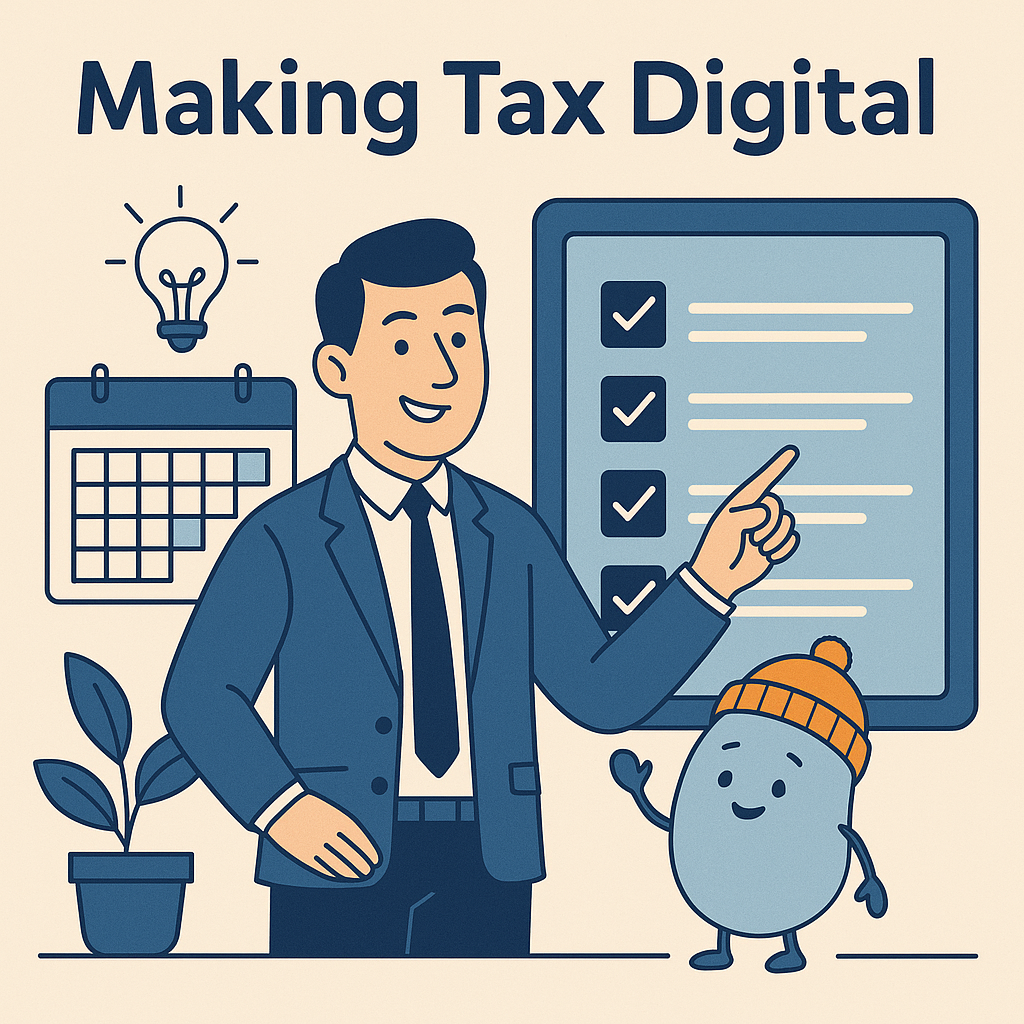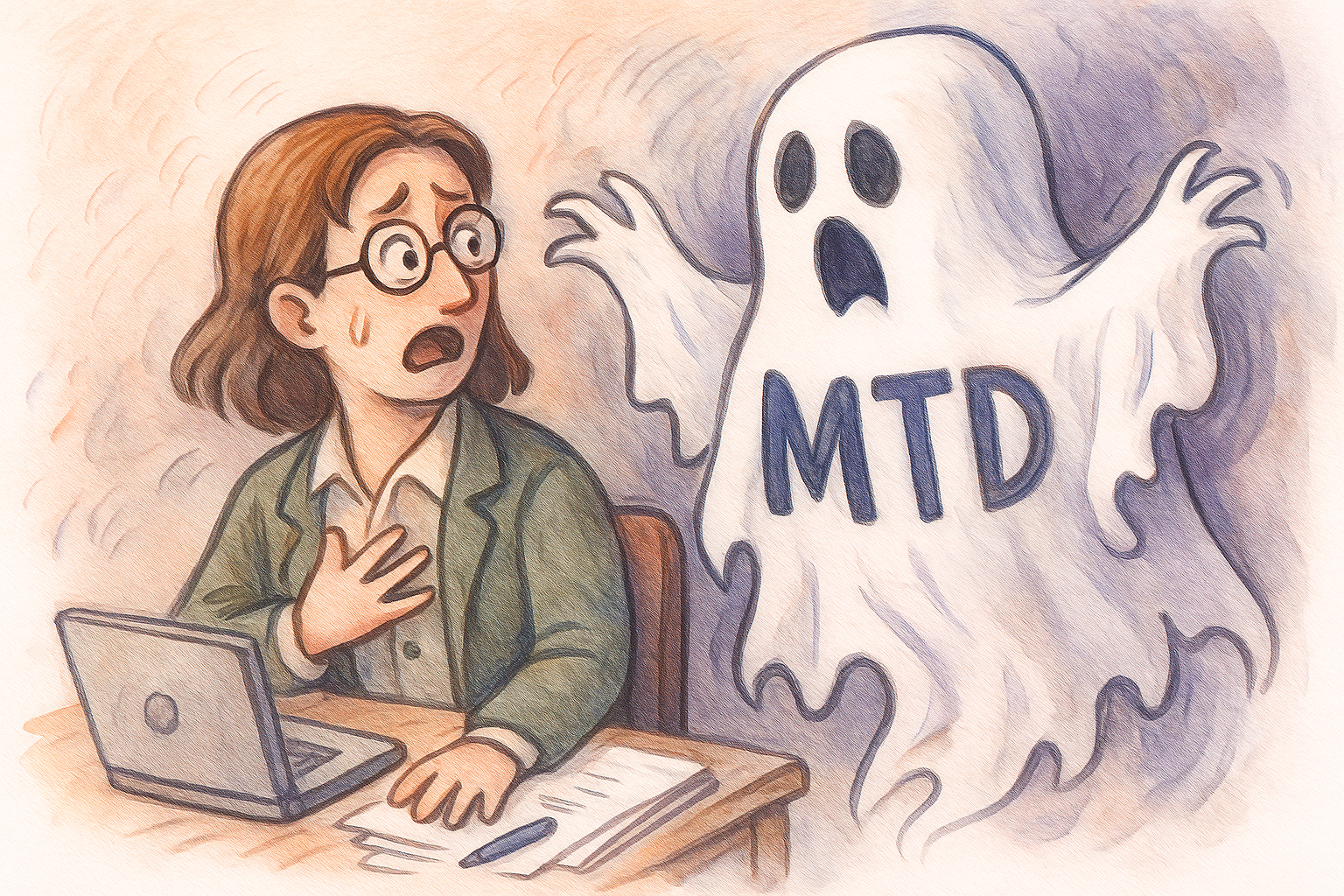Making Tax Digital: How To Ride This Digital Wave Successfully
After what feels like several years of polite delays and quiet nudges, Making Tax Digital (MTD) is finally about to become very real for many UK businesses. And while HMRC isn’t exactly marching in with trumpets and ticker tape, the shift toward digital record-keeping and reporting is one that accountants can’t afford to ignore.
But fear not—this isn’t a doomsday notice. MTD doesn’t have to be a headache. In fact, it’s an opportunity. With a little preparation, a splash of automation, and perhaps a clever AI agent or two, your practice can emerge more efficient, accurate, and client-friendly than ever.
Here’s how to prepare, where to find the silver linings, and how to turn MTD into a springboard—not a stumbling block.

Know What’s Changing (and When)
MTD for VAT is already in play for most businesses, but MTD for Income Tax Self Assessment (ITSA) is next on the digital docket, with sole traders and landlords earning over £50,000 required to comply from April 2026. Those earning between £30,000 and £50,000 follow in 2027.
This means quarterly digital updates instead of annual returns, using MTD-compliant software to submit data directly to HMRC. And yes, spreadsheets can still be used—if they’re part of a bridging solution. But don’t let your clients cling to them like safety blankets.
Prep Clients Early, Not Panicked
Client education is key. Many still don’t realise what MTD means for them, and leaving that until the last minute is a recipe for rushed onboarding, missed deadlines, and a lot of coffee-fuelled late nights.
Start now:
Segment your client base by digital readiness.
Identify who needs software, training, or hand-holding.
Communicate the timeline and benefits in plain English.
You don’t need to frighten them—just gently nudge them out of their paper nests and into the digital age.
Embrace the Opportunity: Efficiency Awaits
Yes, change is annoying. But in this case, it brings gifts.
With quarterly reporting, your firm has more frequent touchpoints with clients, which means:
More opportunities to offer advisory services.
Greater insight into cash flow trends.
Fewer last-minute panics in January.
This isn’t just tax—it’s a chance to shift your role from number cruncher to proactive advisor. And when you layer on the right tools, it gets even better.
Let AI and Automation Do the Heavy Lifting
Here’s where things get exciting. MTD is the perfect excuse to review your tech stack—and introduce a little help from our robotic friends.
Automation can handle the tedious parts:
Bank reconciliation
Invoice processing
Categorising transactions
AI, on the other hand, can surface insights, spot anomalies, and streamline reporting. For example, here at Bots For That we offer intelligent bots—Beanies we call them—that quietly work in the background, keeping the books in shape and alerting you to anything weird before it becomes catastrophic.
So when you’re preparing for MTD, don’t just think compliance—think transformation. The less time you spend chasing receipts, the more time you have for meaningful work (and maybe even a proper lunch break).
Start Now, Stay Calm, Go Digital
The secret to stress-free MTD readiness is starting early and investing in the right tools. Review your processes, talk to your clients, and set up your digital systems to work with you, not against you.
It may feel like just another HMRC requirement—but approached wisely, MTD is an opportunity to modernise, streamline, and even grow your practice.
So take a breath. Find the right software. Trust in the power of automation. And know that you’ve got this.



